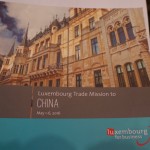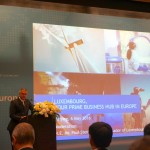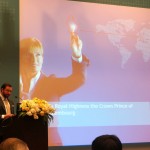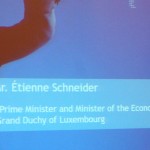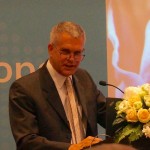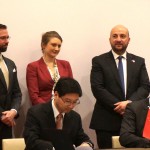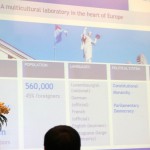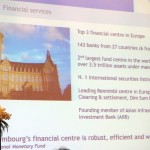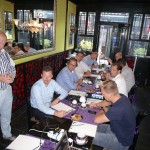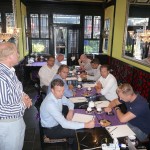As many people have requested the full version, here it is (click to download the PDF!):
Outlook2016full
Since my newsletter came out, I only get the confirmation of the trend we are witnessing. Still, many people are naïve and belief all is well. Even China Daily continuous to mention how difficult the economic situation is. Those people with rosy glasses better read a bit more China Daily, SCMP and other.
The clampdown on the media, and the Internet, is worse. During the “Two Meetings” many people became desperate as their VPN stopped working (I survived it very well, thank you). TV, newspapers, Internet: are systematically cleaned up. Even artists have to serve the Party and its goals first. Never mind art. Call it all now Propaganda.
Social unrest is starting to get worse. As the NYT and other media reported, there were “2,700 strikes and protests last year (related to labor issues), more than double the number of 2014. In January 2016 alone: 500. Closing down the zombie SOE, cutting wages, not paying salaries are all having their impact. Sadly to say, workers’ rights are a joke (Please call Marx to do something in China?). The workers who are not paid for month and protest: the police “cleans them up”.
Imports and especially exports are going further down. Real estate: as I always mentioned, different bubbles depending on what segment of the market you are looking at. But one aspect many overlook: while new housing sells sometimes very well, the existing stock does not disappear as hoped. Seems only Shanghai can justify the increasing price levels.
So, as I said, fasten seat belts. But don’t just run away yet.
